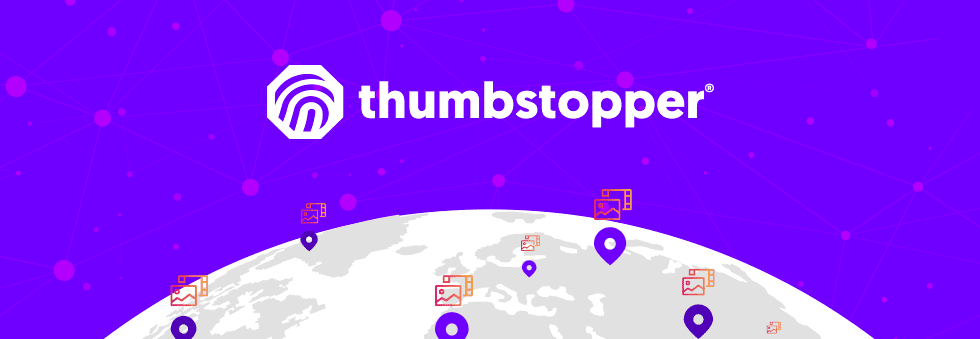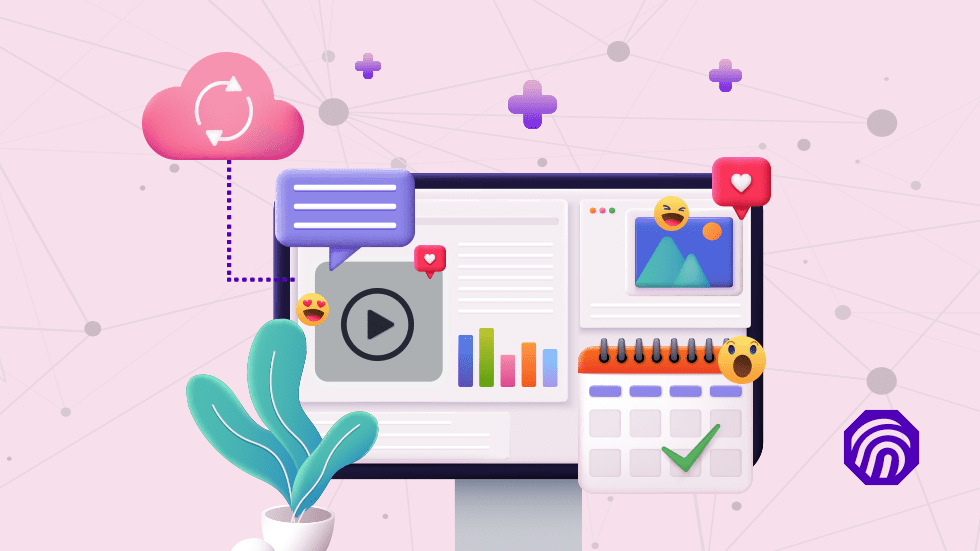Key Points:
- Co-op marketing benefits both brands and retailers through an improved digital presence and increased sales.
- The current industry to achieve co-op marketing, digital asset management software, has major drawbacks.
- ThumbStopper enables brands to leave digital asset management software in the past with a software solution that launches brands to the forefront of co-op marketing.
International brands (or OEMs) know that successful co-op marketing can be key to meeting your goals. There are major benefits to getting your retailers involved in your brand’s marketing, especially when it comes to social media. When brands make these programs easy for retailers to participate in, both parties see the benefits.
Retailers can reach an audience that isn’t typically accessible to international brands: consumers that are more loyal to their favorite local retailers than any particular brand. When retailers can easily post social content created by the brands they carry, it connects brands to the retailers’ audience. It presents brands with the opportunity to find new brand loyalists through their retailers. Plus, the high-quality content that brands create is a great way for retailers to attract new followers to their pages. That content lends credibility they wouldn’t earn with content they create on their own. New followers can, in turn, help drive retail sales.
Retailers’ participation in these programs also prevents a host of problems that brands face when retailers attempt to engage in branded marketing. A primary concern for brands when retail partners create their own social media assets is brand image consistency. Brands have visual guidelines/standards so that their content creation team can make sure digital assets are consistent. Retailers don’t typically have access to that information. Even if they did, it would be unreasonable to expect retailers to fulfill the same role as a large brand’s content creation team.
In short, both brands and their retailers understand that co-op marketing is an efficient way to help them achieve their mutual goals: bolstering their online presence and encouraging retail sales. The current standard solution to help brands share their social content with retailers is digital asset management (DAM) software.
The Status Quo
Typically, co-op marketing works like this: brands provide a set of rules that retail partners must adhere to in order to access brand-created marketing materials. Generally, this is to make sure that retailers don’t unintentionally misrepresent the brand. Brands develop specific messaging for their digital assets and distribute those assets through a digital platform, usually DAM software.
DAM software is a platform that both brands and retailers can access. Retailers log in to retrieve the assets that brands have uploaded for them. It sounds simple, but in reality, this system creates a number of problems for everyone.

However, DAM requires a lot of setup on the brand’s part. They have to create accounts for each retailer and help them understand how to use the software. For brands with hundreds or thousands of retailers, that’s a huge project. Then there’s the task of assigning specific content to certain retail locations. Every location shouldn’t be posting the same content at the same time, nor would the same content be relevant to each location’s unique audience. Deciding where to send content and utilizing an organizational system within the software to direct content to the right place is time-consuming and tedious.
Additionally, retailers can have issues accessing a brand’s DAM. They might lose their password and be unable to access the platform. Or they could struggle to understand how to use the software and be unwilling to reach out to the brand for additional help after the initial tutorial. If either of these things happens, retailers are likely to stop participating in the program completely. They may even drop out silently by simply ignoring the brand’s attempts to communicate about the marketing program.
The New Standard
Brands need an alternative to DAM software to help them distribute content that actually makes co-op marketing easting for brands and retailers. That’s what ThumbStopper does: provide brands with easy-to-use software that makes connecting with retailers and getting more eyes on your branded social media content easier than ever.
Where DAM requires retailers to do extra work in order to post your brand’s social content, ThumbStopper instead connects retailers’ social accounts directly in the software, allowing brands to schedule and post automatically to thousands of pages through one central platform.
Getting your retailers on board is simple because the ThumbStopper team takes care of all the heavy lifting. We reach out to your retailer network and enroll them in your new co-op marketing program. After they’re enrolled, retailers can sit back and enjoy the benefits of high-quality content without lifting a finger.
Retailers don’t have to keep track of another password, go through the trouble of creating their own social posts, or worry about generating enough content to keep their page engaging. Likewise, brands enjoy a consistent brand image across thousands of retailer pages and a huge increase in impressions that help drive sales.
ThumbStopper removes the barriers that prevent retailers from participating in traditional co-op marketing to make social media easy for brands and easy for retailers. That’s why international brands are leaving DAM software behind and partnering with ThumbStopper.
Book a demo to learn more about what ThumbStopper can do for your brand.





